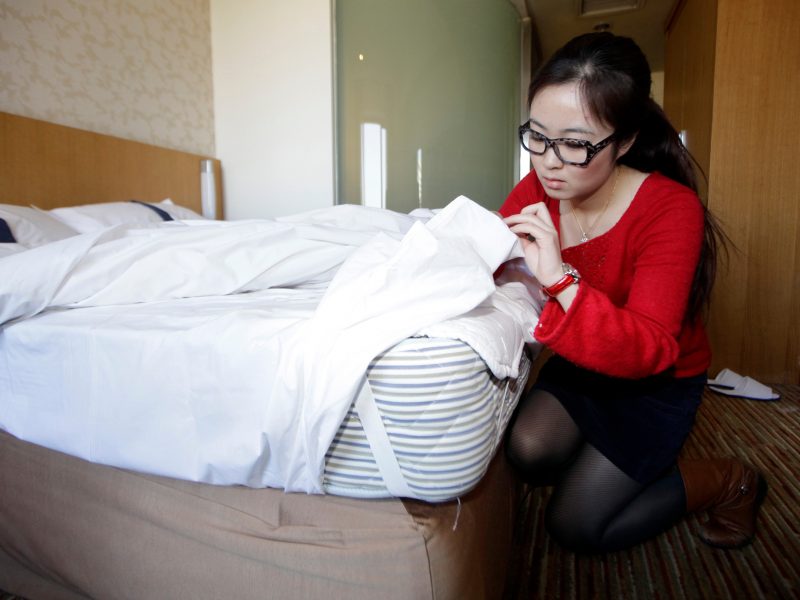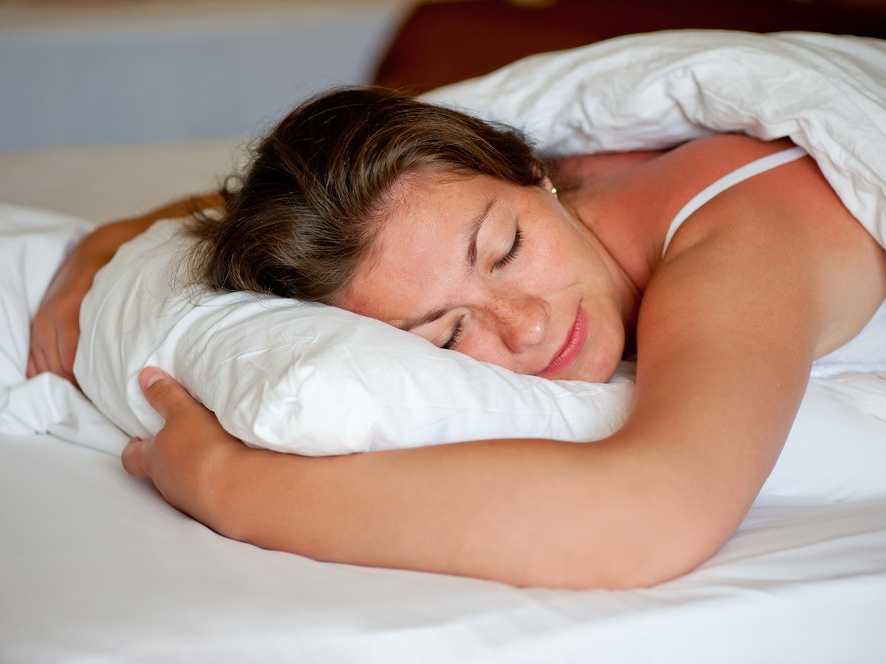New York University microbiologist Philip Tierno hasn’t slept a night in 25 years without something on his mattress that few people even think of buying.
It’s a super-thin, largely invisible cover that slips over the mattress. And it protects him from what he calls a “zoologic park” of bacteria and debris that accumulates over the years.
If left for too long, this microscopic life can make us sick, Tierno told Business Insider.
“You know how the Roman empire got buried over time, and all those remains are now quite a few feet below ground and they have to excavate. In a similar fashion, debris that is found in and on mattresses – especially in the interior – builds up,” Tierno said.
The onslaught of bacteria begins with our own cells, but builds and builds as more microbes settle in.
"When you're in the bed you desquamate, or you slough off tissue, And all that cellular debris collects between your sheet and the sheet over the mattress. That serves as food for dust mites. They eat human tissue. And they defecate and excrete substances and then they die. And that's part of the allergens that collect. In addition you have bodily secretions of all types," Tierno said.

To stem the invisible tide, he said, no one should sleep without a water resistant, breathable mattress protector. In the past, these protectors were uncomfortable, shiny things made of plastic, but today they're produced with material that you can barely feel.
If you have and use a protector, you can extend the lifespan of your mattress by as long as five to 10 years, Tierno estimated.
"The idea is you don't have to change it ever - only when it becomes mechanically dysfunctional," such as when you start to notice a groove in the part of the bed you usually lie on or the mattress' firmness begins to yield, he said.
Most estimates put the lifetime of the average mattress at around eight to 10 years, Natalie Dautovich, a scientist with the National Sleep Foundation, told US News & World Report. But that often fails to take into account the microbial build-up on your bed, Tierno said.
By adding a mattress protector, you're protecting yourself from the billions of bacteria - sweat, lint, dust mites, animal dander, mucous, soil, sand, cosmetics, food, and insect parts, to name a few - that you'd otherwise be breathing in every night.
Doing this can worsen existing allergies and even create new ones, Tierno said. "You can wake up in the morning with a stuffy nose and think, 'I wonder why I'm so stuffed up.' In reality it's your bedding."
Some of the things that build up in your mattress can be powerful allergens. The feces of dust mites, for example, are rich in two substances called Der P1 and Der P5. In people with existing allergies (or roughly one in six Americans), these substances can trigger asthma-like symptoms, chronic sinus problems, and eczema.
Without one of these covers, it's impossible to say how long you can go without replacing your mattress, Tierno said. There's no question that every year this debris collects."
Your best line of defense, then, is a mattress protector. So long as your mattress is shielded, "then you're left with just washing the sheets on a weekly basis," Tierno said.

